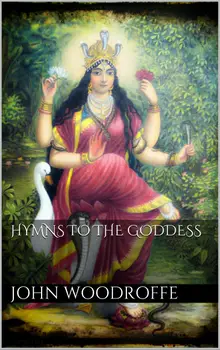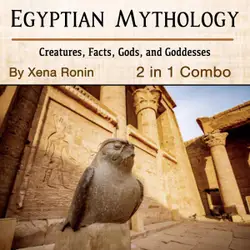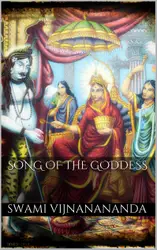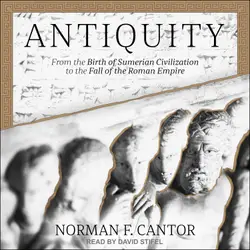She is seen as one and as many: as it were, but one moon reflected in countless waters.
She exists, too, in all animals and inorganic things, since the universe, with all its beauties, is, as the Devi Purana says, but a part of Her. All this diversity of form is but the infinite manifestations of the flowering beauty of the one Supreme Life-a doctrine which is nowhere else taught with greater wealth of illustration than in the Sakta Sastras and Tantras. The great Bharga in the bright sun, and all Devata, and, indeed, all life and being are worshipful, and are worshipped, but only as Her manifestations.
And he who worships them otherwise is, in the words of the great Devibhagavata, "like unto a man who, with the light of a clear lamp in his hands, yet falls into some waterless and terrible well." It is customary nowadays to decry external worship, but those who do so presume too much. The ladder of ascent can only be scaled by those who have trod all, including its lowest, rungs. The Saktirahasya summarises the stages of progress in a short verse, thus: "A mortal who worships by ceremonies, by images, by mind, by identification, by knowing the self, attains kaivalya." Before brahma-bhava can be attained the sadhaka must have passed from pujabhava through hymns and prayer to dhyana-bhava. The highest worship for which the sadhaka is qualified (adhikari) only after external worship, and that internal form known as sadhara is described as niradhara. Therein Pure Intelligence is the Supreme Sakti who is worshipped as the Very Self, the Witness freed of the glamour of the manifold universe. By one's own direct experience of Mahesvari as the Self, She is, with reverence, made the object of that worship which leads to liberation.















